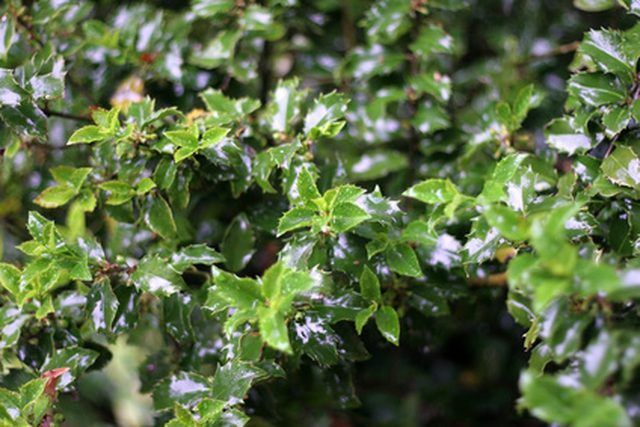Bulbs
Flower Basics
Flower Beds & Specialty Gardens
Flower Garden
Garden Furniture
Garden Gnomes
Garden Seeds
Garden Sheds
Garden Statues
Garden Tools & Supplies
Gardening Basics
Green & Organic
Groundcovers & Vines
Growing Annuals
Growing Basil
Growing Beans
Growing Berries
Growing Blueberries
Growing Cactus
Growing Corn
Growing Cotton
Growing Edibles
Growing Flowers
Growing Garlic
Growing Grapes
Growing Grass
Growing Herbs
Growing Jasmine
Growing Mint
Growing Mushrooms
Orchids
Growing Peanuts
Growing Perennials
Growing Plants
Growing Rosemary
Growing Roses
Growing Strawberries
Growing Sunflowers
Growing Thyme
Growing Tomatoes
Growing Tulips
Growing Vegetables
Herb Basics
Herb Garden
Indoor Growing
Landscaping Basics
Landscaping Patios
Landscaping Plants
Landscaping Shrubs
Landscaping Trees
Landscaping Walks & Pathways
Lawn Basics
Lawn Maintenance
Lawn Mowers
Lawn Ornaments
Lawn Planting
Lawn Tools
Outdoor Growing
Overall Landscape Planning
Pests, Weeds & Problems
Plant Basics
Rock Garden
Rose Garden
Shrubs
Soil
Specialty Gardens
Trees
Vegetable Garden
Yard Maintenance
How to Troubleshoot White Powder on Shrubs
How to Troubleshoot White Powder on Shrubs. Hundreds of types of plants throughout North America are susceptible to powdery mildew, a fungal disease characterized by patches of white or gray powder on the leaves. Plants, grass, trees and shrubs are all in danger of contracting powdery mildew, and the disease can potentially destroy the whole plant....

Hundreds of types of plants throughout North America are susceptible to powdery mildew, a fungal disease characterized by patches of white or gray powder on the leaves. Plants, grass, trees and shrubs are all in danger of contracting powdery mildew, and the disease can potentially destroy the whole plant. The powder will be most evident on the leaves of the shrubs. Controlling and eliminating powdery mildew at its first sign in necessary to protect your garden.
Things You'll Need
Gardening shears
Bucket
Bleach
Water
Fungicidal soap
Baking soda
Spray bottle
Prune infected areas out of your shrubs at the first sign of infection. Cut away any infected branches or leaves and dispose of them away from any plants or shrubs. Dip the shears in a bucket containing a mixture of one part bleach to four parts water to disinfect after each cut, so that you do not spread the fungus.
Apply fungicidal soap to the affected shrub. This soap, available at many nurseries and garden centers, will help to prevent the spread of the disease but is safe for plants, animals and humans. Follow application instructions for your particular product.
Mix one teaspoon of baking soda for every one quart of water in a spray bottle. Spray onto the shrubs once per week to prevent the spread of powdery mildew.
Apply a sulfur-based fungicide to your shrubs every seven to 10 days to protect healthy shrubs from contracting powdery mildew. These fungicides are available at most garden centers or nurseries.
Tips & Warnings
Whenever you spray soap or fungicide onto a shrub, be sure to cover both the top and underside of the leaves so that all surfaces are protected from powdery mildew.